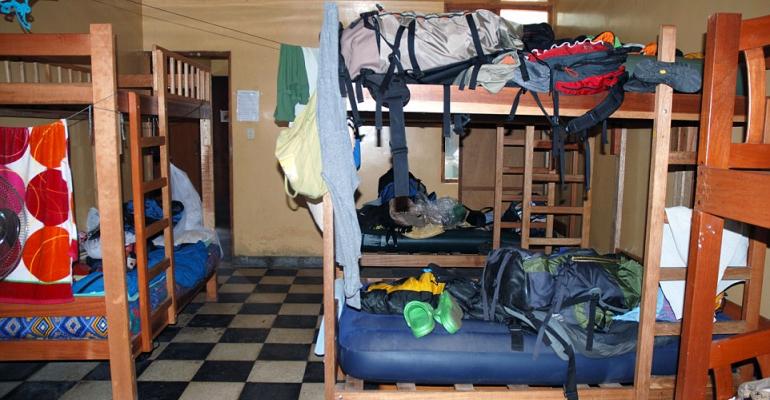Housing inspectors are starting to crack down on overcrowded student housing in college towns, starting with Boston and New York City.
Officials in Boston have gathered the addresses of more than 25,000 college students from 31 colleges in the Boston metro area, according to a report last week in the Boston Globe. Using the list, officials have identified about 580 properties that have apartments occupied by more than five students crowded together. A 2008 zoning rule forbids more than four full-time, undergraduate students from sharing a single apartment.
Enforcement may have a sharp effect on the balance between supply and demand for student housing in Boston. More than 45,000 students live off-campus in the metro area, according to the Globe, and many may soon have to find less-crowded housing. More overcrowded properties might be added to the city’s list. Officials are still trying to get the addresses for many students, but many of the addresses they do have don’t include apartment numbers. The extra information may reveal more overcrowding.
Once officials confirm that an apartment is unsafe or overcrowded, they plan to work with students, landlords and the colleges to find safe, uncrowded places for the students to live, according to the Globe. Eventually, Boston’s housing inspectors plan to visit all of the roughly 150,000 rental apartments in the city to make sure they measure up to housing codes.
For years, overcrowding has been a sort of unofficial housing policy for many of the least affordable cities in the United States. An average one-bedroom rental apartment is too expensive for a full-time minimum wage worker in all 50 states in the United States, according to an analysis of fair market rents by the National Low-Income Housing Coalition’s 2014 “Out of Reach” report. Many renters solve the problem by crowding in with roommates.
The problem is especially acute for students. The Boston Globe drew Boston’s attention to its terrible student housing landlords with a “Spotlight” section report published in April 2013. The report exposed broken windows, malfunctioning fire detectors, rodents and overcrowding. A fire in 2013 killed Boston University student Binland Lee, who was trapped in an illegal attic apartment with only one way out.
But Boston isn’t the only city that is cracking down on landlords with serious problems at their buildings.New York City's Alternative Enforcement program, which identifies the 200 worst buildings for violations, is also underway. The owners of those buildings have four months to fix the problems, and the city will make the repairs itself and charge the landlord.
High demand for student housing
Demand for student housing is still very high nationwide, on average. Occupancy rates averaged 96 percent, according to an analysis by Colliers of properties sold in the first half of 2014 near tier-one schools whose enrollment is more than 20,000. Developers are enthusiastically building new student housing properties in markets across the country, favoring sites within walking distance of campus, which are increasingly rare.
Enrollment grew slightly at four-year colleges from 2012 to 2013, according to the latest data from the U.S. Census Bureau’s Current Population Survey, which was released in September. Four-year college enrollment grew while enrollment fell steeply by 10 percent at two-year colleges, driving overall college enrollment down by 463,000 between 2012 and 2013, marking the second year in a row that a drop of this magnitude has occurred. However, growth in enrollment at four-year colleges is the important factor for owners and managers of buildings located near tier-one schools.

